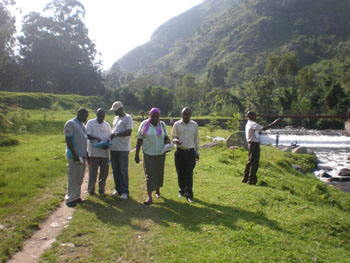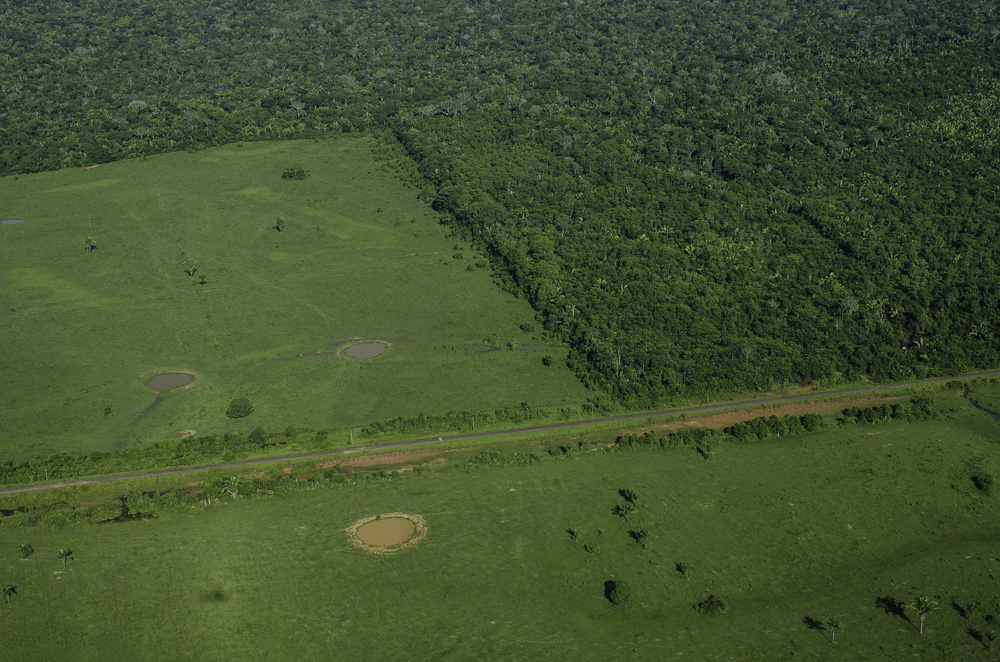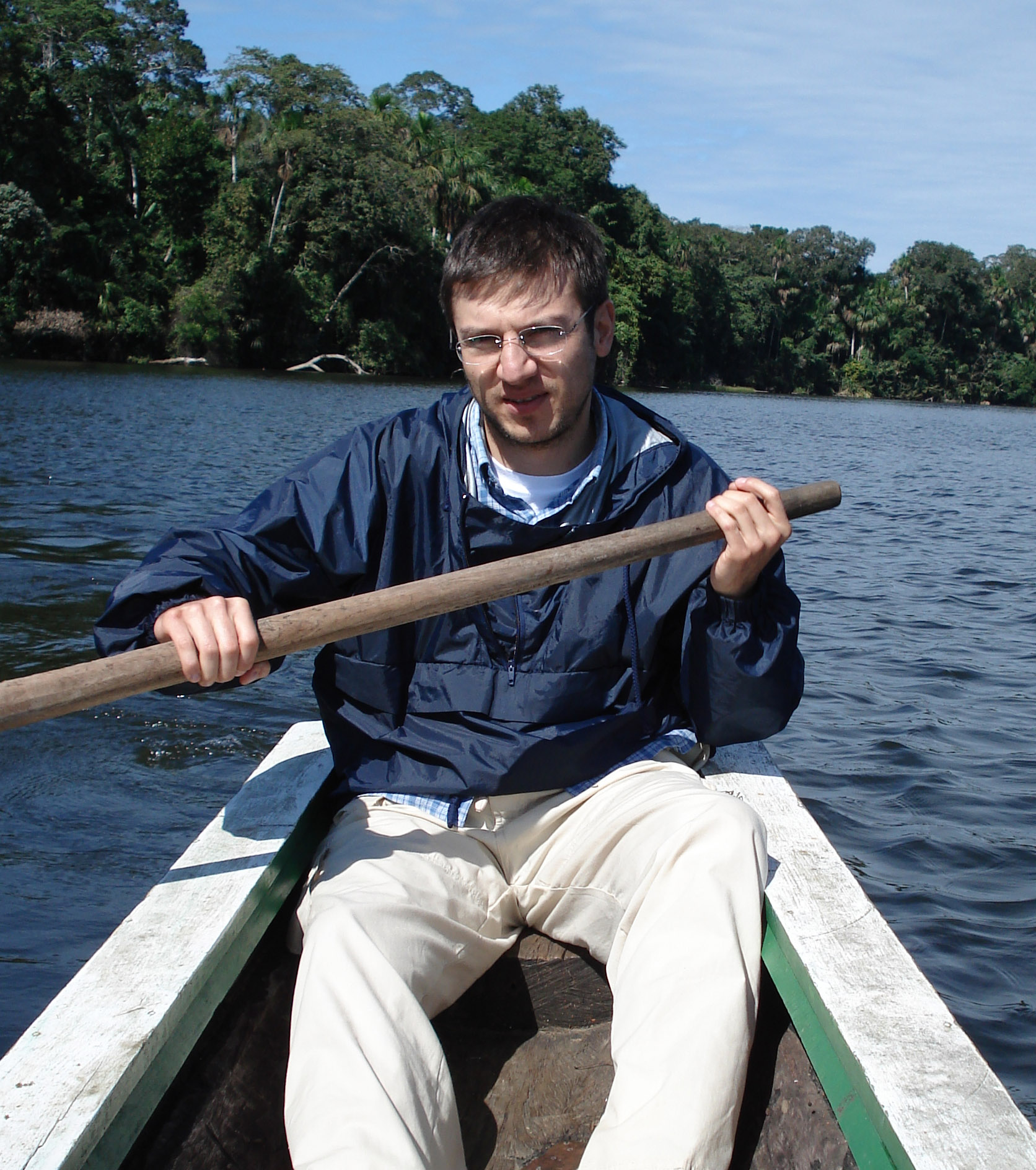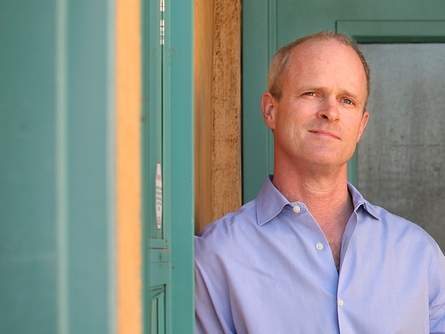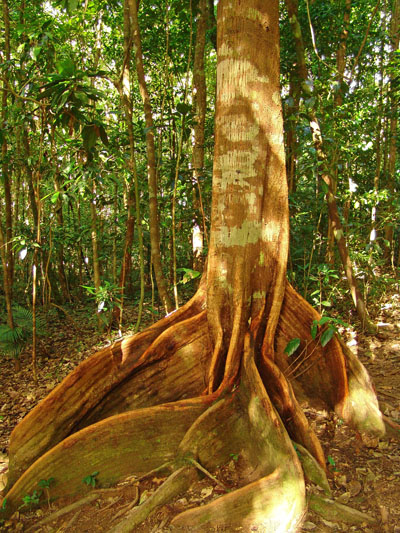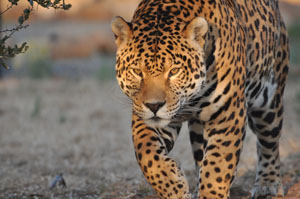News
From June 11-22, 2012, twenty-eight environmental professionals from eight African nations gathered at the Rwenzori International Hotel in Kasese, Uganda to learn how economic approaches can help them address environmental impacts of infrastructure development in the Albertine Rift.
Divulgamos aqui o resultado do processo seletivo para o Curso de Ferramentas Econômicas para a Conservação - Infraestrutura na Amazônia, apoiado pela Gordon and Betty Moore Foundation e USAID.
Foi um processo concorrido devido à quantidade e qualidade dos inscritos. Dessa forma, o critério de seleção levou em conta - além do perfil do candidato - a distribuição geográfica, perfil e segmento das instituições, envolvimento com o tema e gênero.
Temos duas listas de selecionados: uma lista principal e uma lista de espera, em ordem de prioridade. Os candidatos selecionados na lista principal deverão confirmar sua participação até o dia 30 de julho. Caso haja desistências, elas serão preenchidas de acordo com a ordem de prioridade da lista de espera.
LISTRA PRINCIPAL
Khan Academy is an extraordinary phenomenon in education. In just a few years, the organization has posted thousands of short videos with instruction on an ever-widening array of topics. Including economics. We like their economics videos so much they are now all available on CSF's website as well as the Khan site.
CSF course graduates frequently ask us to refresh their memory on a particular topic - "What exactly is consumer surplus?" - and Mr. Khan now is available to explain. The videos average around 10 minutes and use very helpful graphics to explain the concepts.
Born in La Paz, Bolivia, Alfonso Malky Harb first came to CSF as a student in 2006, where he participated in the Madidi National Park course on economic tools for conservation. Two years later, Alfonso joined CSF as an Economic Analyst in the Bolivian office. With a Master's degree in Agricultural Economics from Catholic University of Chile, an undergraduate degree in Economics from the Bolivian Catholic University, and a diploma in Environmental and Social Research Methods from PIEB (Programa de Investigación Estratégica en Bolivia), he was a natural fit for CSF.
Born in La Paz, Bolivia, Alfonso Malky Harb first came to CSF as a student in 2006, where he participated in the Madidi National Park course on economic tools for conservation. Two years later, Alfonso joined CSF as an Economic Analyst in the Bolivian office. With a Master's degree in Agricultural Economics from Catholic University of Chile, an undergraduate degree in Economics from the Bolivian Catholic University, and a diploma in Environmental and Social Research Methods from PIEB (Programa de Investigación Estratégica en Bolivia), he was a natural fit for CSF.
Born in La Paz, Bolivia, Alfonso Malky Harb first came to CSF as a student in 2006, where he participated in the Madidi National Park course on economic tools for conservation. Two years later, Alfonso joined CSF as an Economic Analyst in the Bolivian office. With a Master's degree in Agricultural Economics from Catholic University of Chile, an undergraduate degree in Economics from the Bolivian Catholic University, and a diploma in Environmental and Social Research Methods from PIEB (Programa de Investigación Estratégica en Bolivia), he was a natural fit for CSF.
Born in La Paz, Bolivia, Alfonso Malky Harb first came to CSF as a student in 2006, where he participated in the Madidi National Park course on economic tools for conservation. Two years later, Alfonso joined CSF as an Economic Analyst in the Bolivian office. With a Master's degree in Agricultural Economics from Catholic University of Chile, an undergraduate degree in Economics from the Bolivian Catholic University, and a diploma in Environmental and Social Research Methods from PIEB (Programa de Investigación Estratégica en Bolivia), he was a natural fit for CSF.
Highlighting the announcement of the MacArthur Award for Creative and Effective Institutions, the front-page article profiles the history of CSF and the importance of our work globally.
“We are recognizing organizations that are doing phenomenal work, and often under the local radar screen,” Steve Cornelius of the MacArthur Foundation said. “They have identified a niche. They have simply been the main organization working in getting these economic principles out.”
Read the article here
Image credit: Christopher Chung/The Press Democrat
Today the John D. and Catherine T. MacArthur Foundation named Conservation Strategy Fund as a recipient of the MacArthur Award for Creative and Effective Institutions. The award recognizes CSF’s innovative work using economics to conserve the world’s most important ecosystems and provides us with a grant of $750,000. The MacArthur Award honors and supports our efforts to creatively address the the loss of unique natural ecosystems by equipping front-line environmentalists with skills to calculate and economic costs and benefits of solutions and thereby come up with answers that will actually work.
The Southern Tropical Andes, comprised of areas of Ecuador, Peru, and Bolivia, is the most biodiverse region in the world. The Tropical Andes are split into northern and southern zones, divided by a valley that runs roughly along the Ecuador-Peru border in the northern region of Peru. This valley, known as the Marañon Gap or Huancabamba Depression, rests at a lower altitude than the northern area of the Tropical Andes, creating a well-defined, unique microclimate conducive to habitation for the many endemic plants and animals in the region. This biodiversity hotspot was named the “global epicenter of biodiversity” according to the Critical Ecosystem Partnership Fund. The Tropical Andes holds about 45,000 plant species, 20,000 of which are endemic, as well as 1,500 endemic vertebrates.

